The murder of Daphne Caruana Galizia (Malta, 2017)
Daphne Caruana Galizia, an investigative journalist, was murdered in 2017 and two years on the scandal has seen three senior cabinet ministers stand down and the country’s prime minister, Joseph Muscat, promise to quit in January 2020, Euronews reports.
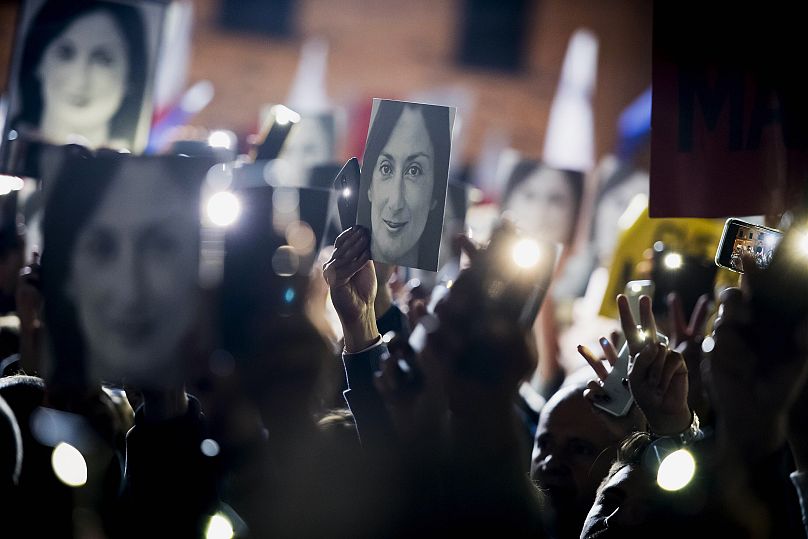
Three men are currently awaiting trial for the 53-year-old’s murder, but the authorities have not tracked down who hired them. Muscat’s chief of staff, Keith Schembri, resigned after he was arrested by police over the killing. He has denied any knowledge of or links with the murder.
Herman Grech, the editor of the Times of Malta, told Euronews the case had presented many lessons that Europe now needed to learn, from the importance of independent media – which has “led the breakthrough,” he said – to the importance of keeping an eye on the institutions of all countries, “even the microscopic ones”.
“From a social perspective it reflected the way the masses turned a blind eye to cronyism and corruption as it fed off the altar of greed,” he said.
UK votes to leave the European Union (2016)
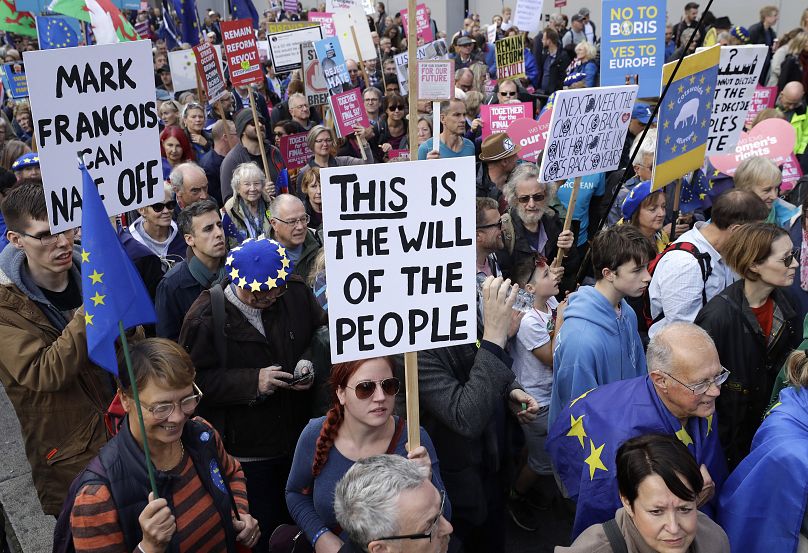
Brexit has cost two prime ministers their jobs, led to two elections in as many years and dominated British politics since a small majority of Britons voted to leave the European Union on 23 June 2016.
But while pundits at the time saw Brexit as the beginning of the end of the EU — with calls for a French ‘Frexit’, a Dutch ‘Nexit’, and so on — the opposite has in fact proved true, Tim Bale, professor of politics at Queen Mary University, London, told Euronews.
“Brexit has actually made some Europeans, who’d maybe forgotten quite how important the EU was to them, realise its value,” Bale says.
“Poll after poll now suggest that fewer and fewer European Union citizens nowadays show any serious enthusiasm for the idea that their country should follow the UK out of the EU.”
The Paris Climate Agreement (2015)
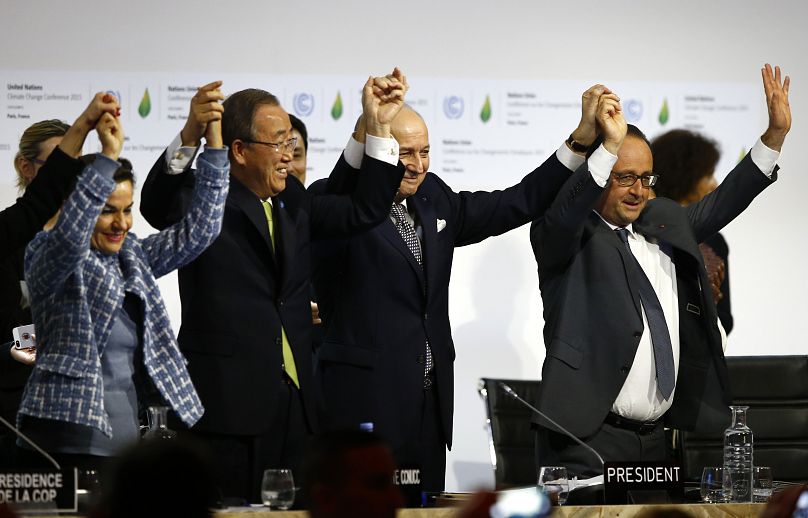
When 195 countries signed the Paris Agreement on December 12, 2015, they made a promise to try and reduce the risks and impact of climate change. To do so, they volunteered to curtail their carbon emissions and work towards preventing a global average temperature increase of more than 1.5 °C above pre-industrial levels. The consequence of breaking said promise: none.
The good news: climate policy EU-wide and within member states has actually changed, Senior Research Fellow at the Stockholm Environment Institute Prof Dr Richard J.T. Klein told Euronews. On top of that, he predicts the European Green Deal will transform many economic sectors that create greenhouse gas emissions.
Despite the US withdrawal from the agreement, European countries are determined to stay committed. According to Klein, the deal will likely mark an important point in changing the narrative in Europe. “Maybe we won’t so much pinpoint the Paris Agreement per se, but we’ll recognise the value of the policies and measures that the EU and its member states are and will be implementing in response to the agreement,” he adds.
Even though both the Paris Agreement and the European Green Deal are the right steps in the right direction, Klein also urges that “societies will need to increase their efforts to prepare for the impacts of climate change, which is equally urgent as reducing greenhouse gas emissions. However, the European Green Deal remains silent about this part of climate policy.”
The #Metoo movement and women’s marches (Europe, 2017)
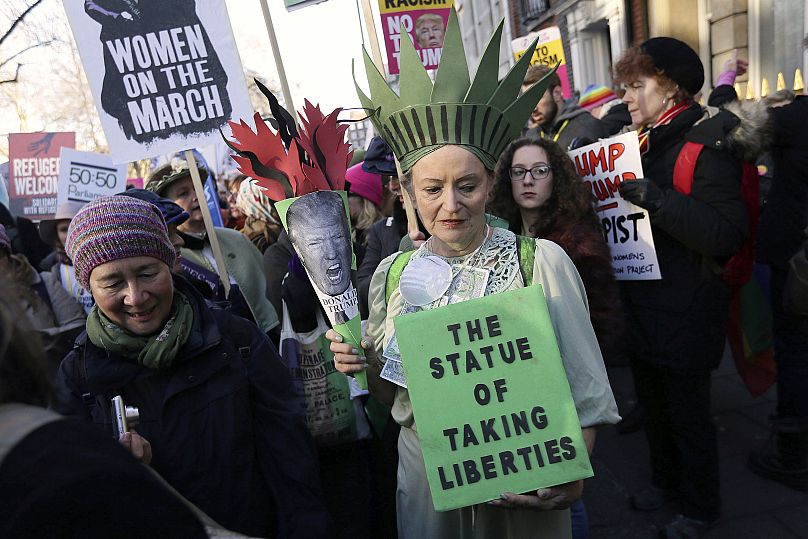
The #Metoo movement went global after sexual abuse allegations against Hollywood film mogul Harvey Weinstein became public in October 2017.
As European Ombudsman Emily O’Reilly told Euronews: “The #MeToo movement was all about empowerment. It allowed women in Europe and elsewhere to speak up about their experiences of sexual harassment and know that the culture of silence and denial that previously existed was crumbling.”
It didn’t take long for the movement to become big in Europe. More than seven million women are estimated to have protested in women’s marches worldwide since then. But the impact hasn’t been the same everywhere.
Some countries, such as France, Spain and Italy, came up with their own version of the Metoo hashtag, such as #BalanceTonPorc in France and #Cuéntalo in Spain.
In the UK, defence secretary Michael Fallon resigned amid allegations of inappropriate behaviour. Meanwhile, the effect in some Balkan and Eastern European countries, as well as in Germany, has been limited in comparison.
All in all, O’Reilly says the biggest change was public awareness. “It also showed why it is so important to have women in positions of power,” she added. “For the first time we now have female presidents of both the European Commission and the European Central Bank – this is a strong positive message for younger generations of women.”
Russia’s annexation of Crimea (2014)
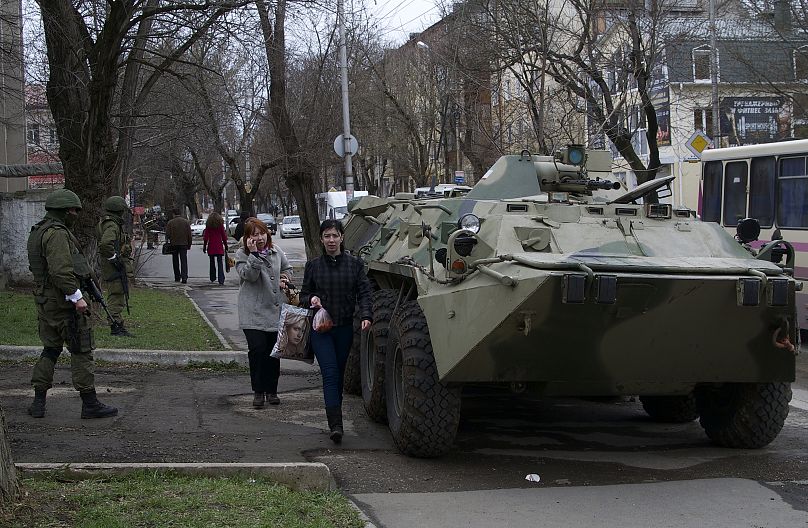
When Ukraine announced in February 2014 that “little green men” had started seizing facilities in Crimea, Vladimir Putin denied that the soldiers — which were carrying Russian weapons and wearing Russian military garb — were Russian. In April, he admitted that they were.
By then, a referendum had been held in occupied Crimea on March 16, with the dubious result of 97% voting to join Russia. The U.N. voted 100-11 to condemn the move, while the European Union applied sanctions. But five years on, Crimea remains in Russian hands.
The annexation may have been eclipsed by the war in eastern Ukraine between Ukrainian forces and Russia-backed separatists, which has raged since April 2014, but still “poses a fundamental challenge to the European order,” according to Steven Pifer, at Brookings.
Although Putin has held back from occupying the Donbas region, the annexation of Crimea has alarmed European former Soviet republics such as Lithuania and Estonia and reflects a greater polarisation in Europe, with the EU on one side and Putin’s Russia on the other.
The migrant crisis (2015-2019)
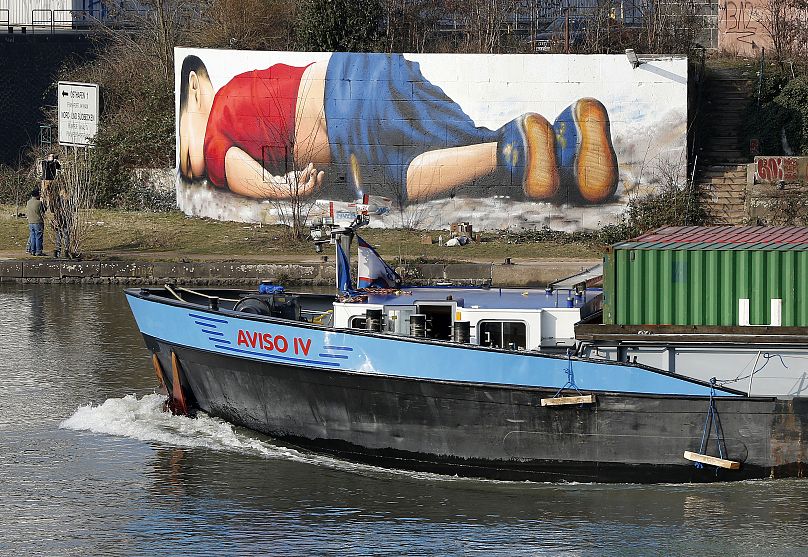
While refugees and migrants have always attempted the sea crossing between Turkey and Greece and Libya and Italy in an attempt to reach Europe, during the first three months of 2015 the number of drownings in the Mediterranean rose to 1,687 from 60 a year earlier.
In April, an estimated 800 people were killed in a single shipwreck and the EU voted to expand its multinational sea rescue operation, Triton. Meanwhile, hundreds of boats crossed the Mediterranean, while refugees — many of them fleeing from the increasingly brutal war in Syria — walked towards northern Europe in their thousands.
Since 2016, crossings have fallen sharply, but a byproduct of the refugee crisis has been a surge in support for far-right parties in Europe, with leaders from Hungary’s Viktor Orban to the Alliance for Germany (AfD), to Italy’s Lega and Britain’s Brexit Party making opposition to migration a key electoral issue.
In 2019, the refusal to allow boats to dock and legal actions against NGOs carrying out rescues — along with agreements with countries like Libya and Turkey to prevent migrants from leaving for Europe — have had mixed results. Meanwhile, the deadly crossings continue.
The Maidan (Ukraine, 2014)
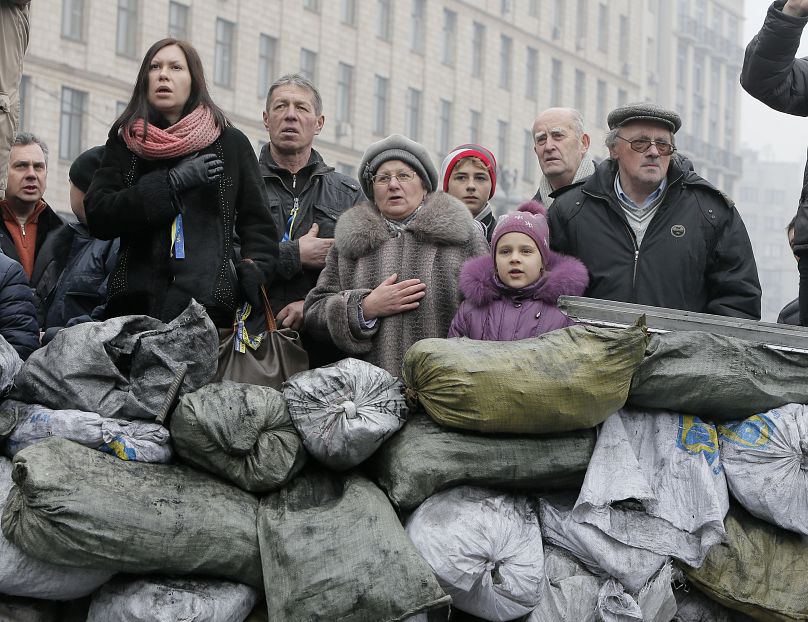
In November 2013, Ukrainian President Viktor Yanukovych announced that Ukraine would not sign an association agreement with the European Union. Within a week, one million Ukrainians had taken to the streets, and in February — after months of protests — Yanukovych fled to Russia.
2014 saw the Russian annexation of Crime and the beginning of the war in eastern Ukraine, and five years on Crimea remains in Russian hands and the conflict continues in the Donbas between Russia-backed separatists and Ukrainian forces and militias.
Given that, many feel that the successes of the ‘Maidan’ protests – named after the square in which they began in Kyiv – were few and far between. But they demonstrated to Europe that popular desire from Ukrainians to have a closer relationship with Europe – the protests in Maidan began under European Union flags – at a time when enlargement is a key issue for the EU.
The struggle for independence in Catalonia (2014-2019)
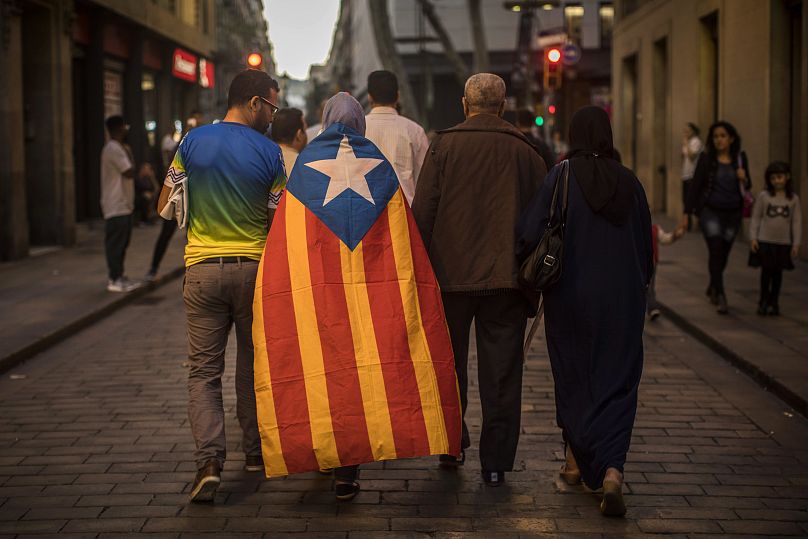
Catalonia’s struggle for independence from Spain has exacerbated in the past decade. After a non-binding independence referendum in defiance of Spain’s constitutional court on 1 October 2017, nine of the twelve accused independence movement leaders received prison sentences for the crimes of sedition in October 2019. In the wake of the referendum, protests erupted all across Catalonia.
Kristian Herbolzheim, director of the International Catalan Institute for Peace (ICIP) told Euronews that Catalonia’s quest for independence “poses a major challenge” to the EU on several fronts.
“At a political level, it is disturbing that one of the most important member states seems unable to address the conflict through political means. This creates a paradox, as the EU likes to profile itself as an institution that is happy to facilitate dialogue between conflicting parties internationally, but is reluctant to get involved in affairs that are considered internal to the member states.”
On top of that, Spain is blocking Kosovo’s access to the EU on the grounds of not setting a precedent for regions such as Catalonia. This may also have implications if Scotland has a new referendum leading to independence.
“All in all the conflict is calling to revisit the concepts of sovereignty and democracy within the EU in the 21st Century. Both those in favour and against Catalan independence are largely pro-EU. This should incentivise the EU to find a creative way of playing some sort of constructive role,” Herbholzheim added.
The Iran Nuclear Deal (Europe, 2015-2019)
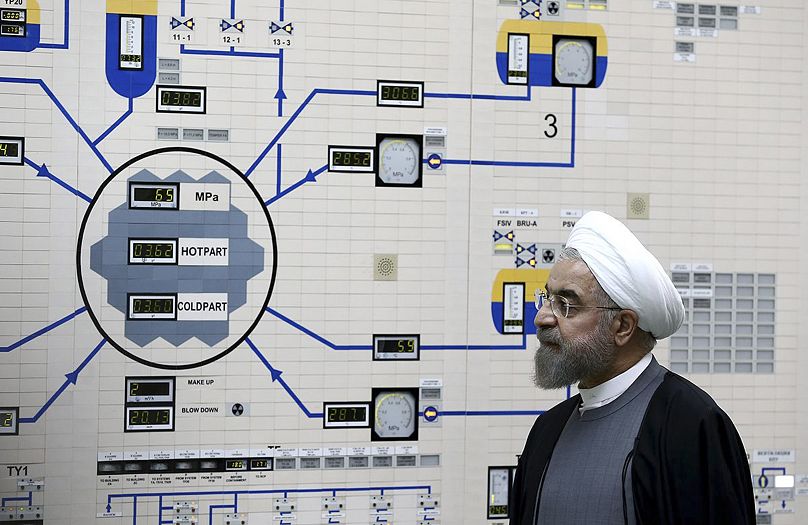
After lengthy negotiations, Iran agreed to a deal for its nuclear programme with the US, UK, France, China, Russia and Germany in 2015. Iran agreed to limit its nuclear activities and regular inspections by international experts in return for the lifting of economic sanctions.
Not only did the Joint Comprehensive Plan of Action, commonly known as the Iran Nuclear Deal, provide Europe with a relatively high degree of certainty that Iran could not pursue a military option with its nuclear programme, but it also “allowed European countries to pursue business interests once again with Iran which is of economic benefit to them,” Xante Hall, co-director of the German affiliate of the Nobel Peace Prize winning organisation International Physicians for the Prevention of Nuclear War (IPPNW) told Euronews.
In 2017 US President Donald Trump announced the US would abandon the deal and re-impose sanctions. As a consequence, the remaining partners came up with a way to bypass the US dollar and introduced a financial system of trade with Iran (INSTEX).
The US decision to leave the deal “is one of the more significant wedges in US-EU relations” Narges Bajoghli, Assistant Professor of Middle East Studies at the School of Advanced International Studies at Johns Hopkins University told Euronews.
“Within Iran, the deal has solidified the narrative among more conservative political forces that the US cannot be a trusted international partner. It has also demonstrated to Iran that the EU cannot exert actual power vis-a-vis the US, even to protect agreements it adheres to. Overall, the fall-out of the deal after the US withdrawal will most likely be looked back upon as a time that led to increased tensions in the Middle East to the detriment of many—at the request of a few” Bajoghli added.
White supremacist and Islamist terrorism
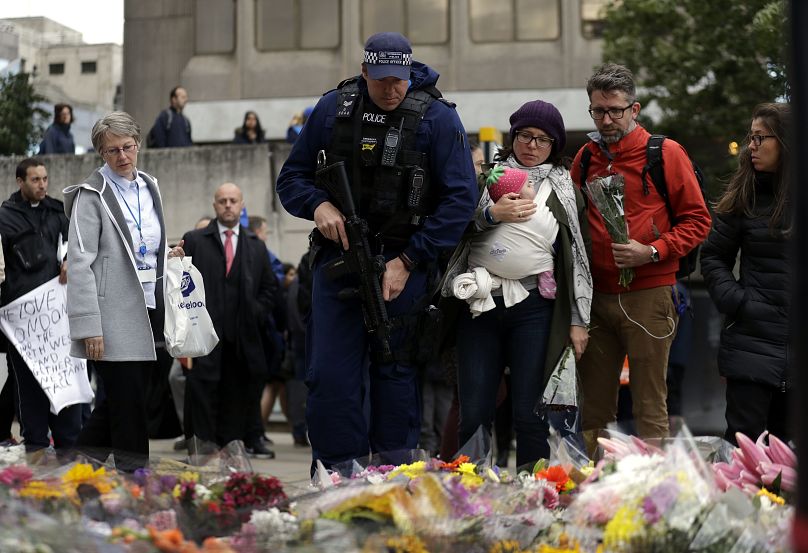
European countries have been a primary target for terrorist attacks in the last decade. With the defeat of Al Qaeda and so-called Islamic State, there have been more attacks carried out by solo actors who affiliate themselves with certain radical groups who are Islamist, white-supremacist or separatist.
“The main change has been the rise of the ‘inspired’ attack; an attack that is not the sophisticated result of extensive planning and central coordination, but rather one executed by an individual who has had little contact with the organisation that he or she claims to support, using everyday tools such as a knife or a truck,” Richard Barrett of the Global Strategy Network told Euronews.
“The perception of marginalisation and the speed of radicalisation to violence are both by-products of the exponential rise in the use of social media and the ability of terrorist groups to wrap individual grievance into a wider conspiracy theory,” he added.
Some of the defining events that come to mind are the 2011 attack in Norway, the Paris attacks in November 2015, the 2016 truck attacks in Nice and a Berlin Christmas market. The UK witnessed an unusual number of attacks, such as the murder of UK parliamentarian Jo Cox (2016), the London Bridge attack and Manchester Arena bombing of 2017.
Even though terrorism on a global scale is decreasing, far-right terror is on the rise in the West. According to the Global Terrorism Index (GTI) 2019, far-right terrorism has increased by 320% in the last five years. The report ranks the UK as the 28th most affected country in the world – the worst record for a western European nation.
Nora Demleitner professor of law at the Washington and Lee School of Law Media told Euronews that editorial choices by media outlets have a substantial effect on the public’s perception.
“The focus on Jihadist attacks remains high,” she said.
“They tend to cover them substantially more than terror attacks inspired by other ideologies. That is particularly true for right-wing attacks. So the public likely overestimates the likelihood of Jihadist terror. Also, to note here the fear of widespread terror attacks tied to the demise of ISIS and the concern about returnees has not come true. Still, domestic fears have led the European countries failing to acknowledge their own citizens who are being held in Middle Eastern countries. The long-term fallout of that response remains to be seen. Most extreme Britain increasingly resorts to the revocation of citizenship.”
